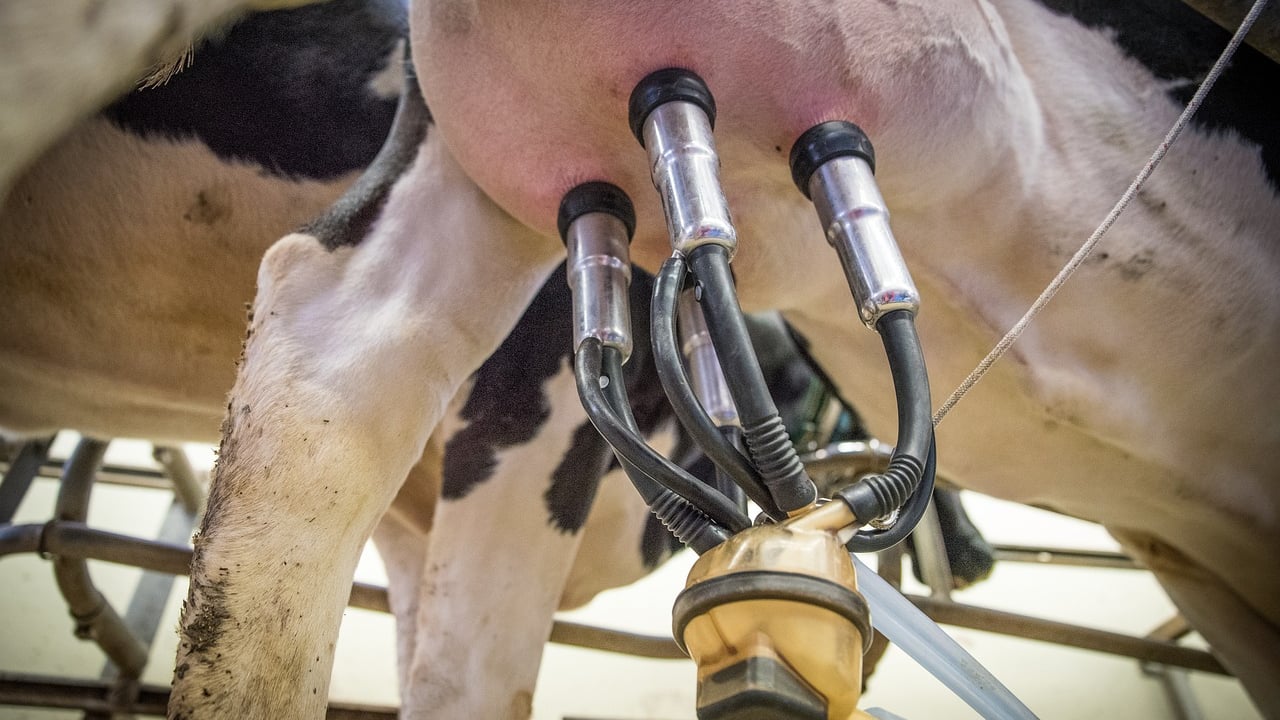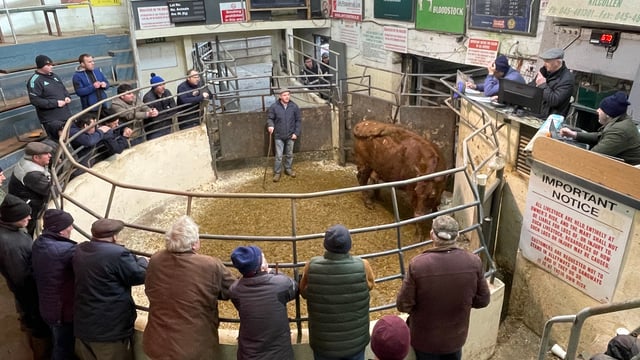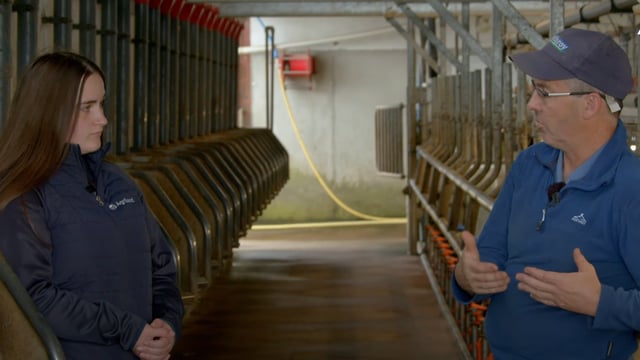Milk urea: What is it and what does it indicate?
Milk urea indicates the crude protein (CP) in a cow's diet. It is formed from the metabolism of amino acids and body protein, therefore it can be labelled as a by-product of dietary protein.
Protein digestion releases ammonia and if there is an abundance of ammonia, it is absorbed through the rumen and into the blood stream, which is then converted into urea in the liver.
The majority of the cow's urea is excreted through their urine with a small amount of it passing through the milk.
However, if a cow's diet is lacking nitrogen (N), the urea will not be excreted as the cow will recycle the urea back into the rumen and convert it back to ammonia.
Milk urea levels will differ in early, mid and late lactation and will vary from a number of factors, including the cow's diet and intake, water intake, the condition of the cow, along with other contributing factors.
A study was carried out by New Zealand dairy educational body, DairyNZ, which analysed the recommended CP requirements and the appropriate milk urea levels at different stages of the lactation.
The table below shows the requirements and the MU levels (measured in milligrams/deciliter) at the different stages of lactation:
| Early lactation | Mid-lactation | Late lactation | |
| Minimum CP% in diet | 18 | 16 | 14 |
| Approximate MU (mg/dl) | 25-40 | 25-30 | 20-25 |
New Zealand shares the same pasture-based systems as Ireland but in a total mixed ration (TMR) diet, where lower milk urea levels are present as there is a large amount of CP in good quality pasture.
According to DairyNZ, when pasture makes up over 60% of the diet in a low-input system, the milk urea levels can often be greater than 30mg/dl.
When pasture is less than 60%, the milk urea levels may be used as a tool to help guide ration changes, whether to put in or pull out protein supplements.
The first thing to look at, is whether excess protein is having an economic cost on your farm and whether it will be costing you unnecessary money.
However, excess protein is not going to cost you when its due to grazing, as the surplus protein is a component of the most cost-effective feed.
According to a Teagasc study, surplus protein can have a toll on energy, assessing nutrition for profitable pasture dairy systems carried out by Joe Patton, Michael Reid and Eva Lewis.
In the study, they assumed a pasture crude protein of 22-23%, and the cow's energy cost to excrete the surplus urea was 0.3-0.4 UFL which is 3-5% of the daily requirement and is the equivalent to approximately 0.8L of milk.
It can be said that the energy intake and the feed allowance is much more important than the economic cost of having excess protein in the cow's diet.
There is always a concern with milk urea levels and what it does to a cow's fertility and whether or not it affects conception rates.
In-vitro and heifer model Teagasc studies have shown that excess ammonia in the cow's diet changes the uterine pH and can change the oocyte quality or the blastocyst formation rate.
However, the evidence of these effects from herd level studies was unclear, as there was very little correlation between milk urea and fertility.





